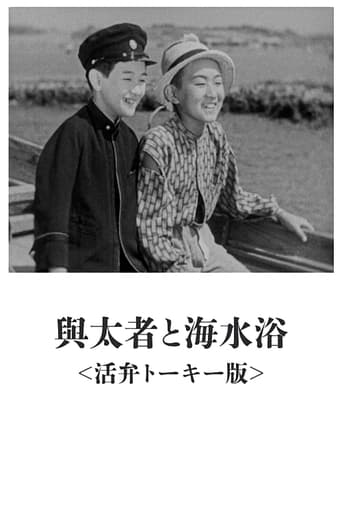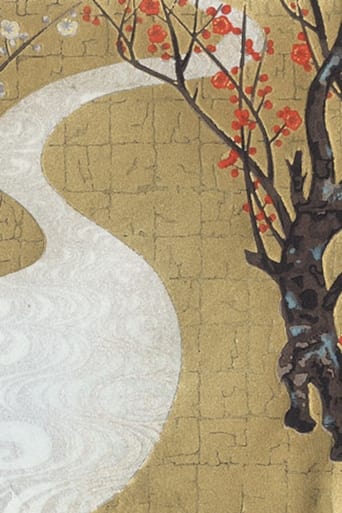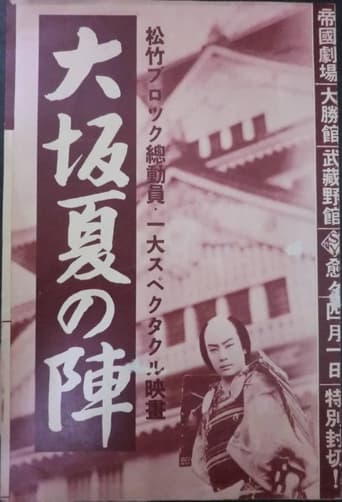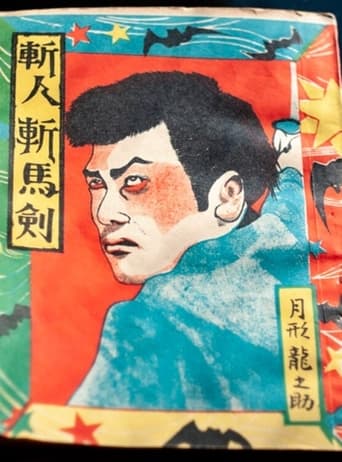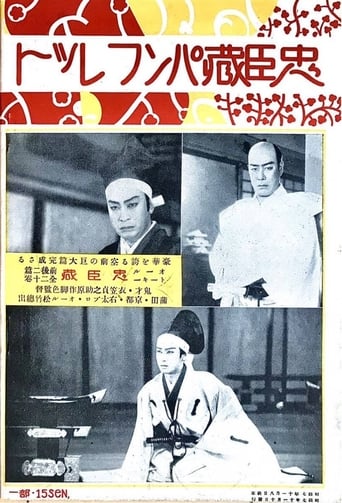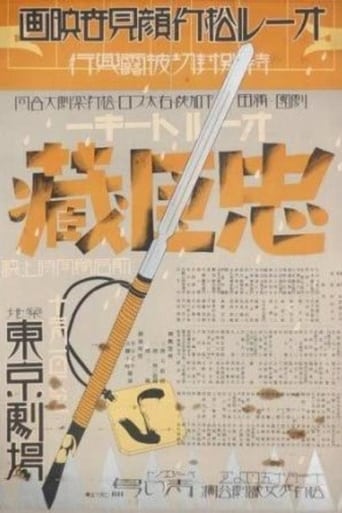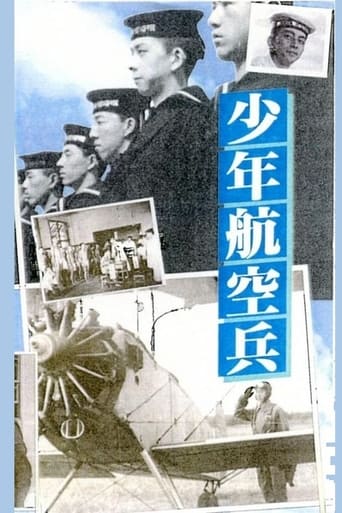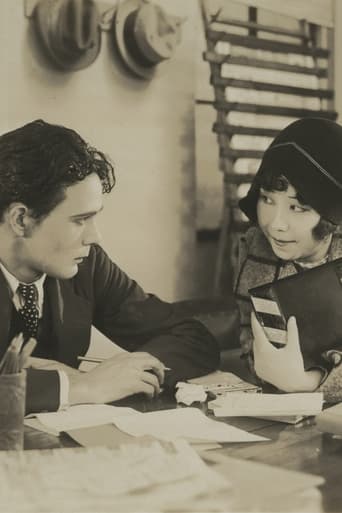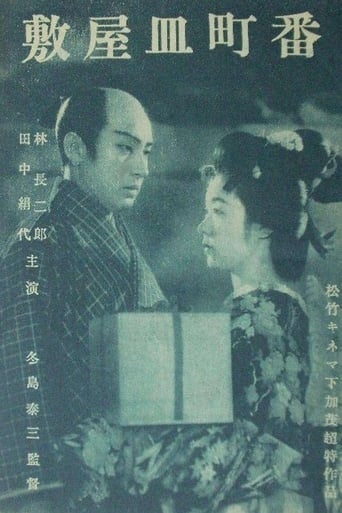Shochiku Kinema (Kamata)
The Age of Emotion 1928
A young man torn between love and friendship.
The Village Bride 1928
The Layabout and Seabathing 1933
The seventh film in the popular series starring the Yotamono trio (Mitsui, Abe and Isono). Summer came and the three of them decided to open a store on the beach to get rich...
Karabotan 1926
Silver Stream 1931
Michiko gets pregnant after a rape. She marries a boring business partner of her father to avoid the shame. Later she meets the rapist again who is now a union leader in opposition of her husband.
Sôbô 1933
Directed by Mikio Naruse. It is presumed to be lost.
Pure Love 1930
Directed by Mikio Naruse. It is presumed to be lost.
Crying to the Blue Sky 1932
Directed by Mikio Naruse. It is presumed to be lost.
The Siege of Osaka 1937
The Siege of Osaka
Man-Slashing Horse-Piercing Sword 1929
In medieval Japan, a brutal and corrupt magistrate is planning to kill the child who is about to become the heir to the estate and position of the local lord and substitute his own "heir", an orphan, in order to get control of the late lord's estate and rule as the impostor's "regent". However, a mysterious stranger appears and sets out to thwart the magistrate's plans and free the people from his oppressive rule.
Junange 1926
The Loyal 47 Ronin 1932
This 1932 adaptation is the earliest sound version of the ever-popular and much-filmed Chushingura story of the loyal 47 retainers who avenged their feudal lord after he was obliged to commit hara-kiri due to the machinations of a villainous courtier. As the first sound version of the classic narrative, the film was something of an event, and employed a stellar cast, who give a roster of memorable performances. Director Teinosuke Kinugasa was primarily a specialist in jidai-geki (period films), such as the internationally celebrated Gate of Hell (Jigokumon, 1953), and although he is now most famous as the maker of the avant-garde silent films A Page of Madness (Kurutta ichipeji, 1926) and Crossroads (Jujiro, 1928), Chushingura is in fact more typical of his output than those experimental works. The film ranked third in that year’s Kinema Junpo critics’ poll, and Joseph Anderson and Donald Richie noted that 'not only the sound but the quick cutting was admired by many critics.
Boy Aviation Pilots 1936
Story of two close friends who long to become pilots in the air corps. Only one succeeds in entering the service, while the other finds a job in civilian aviation through his instructor's good offices.
Riku no ôja 1928
Youth, Why Do You Cry? 1930
A modern girl suddenly intrudes into a widower's family home.
Kare to Tokyo 1928
Banchō sarayashiki 1937
short film about Banchō Sarayashiki.

